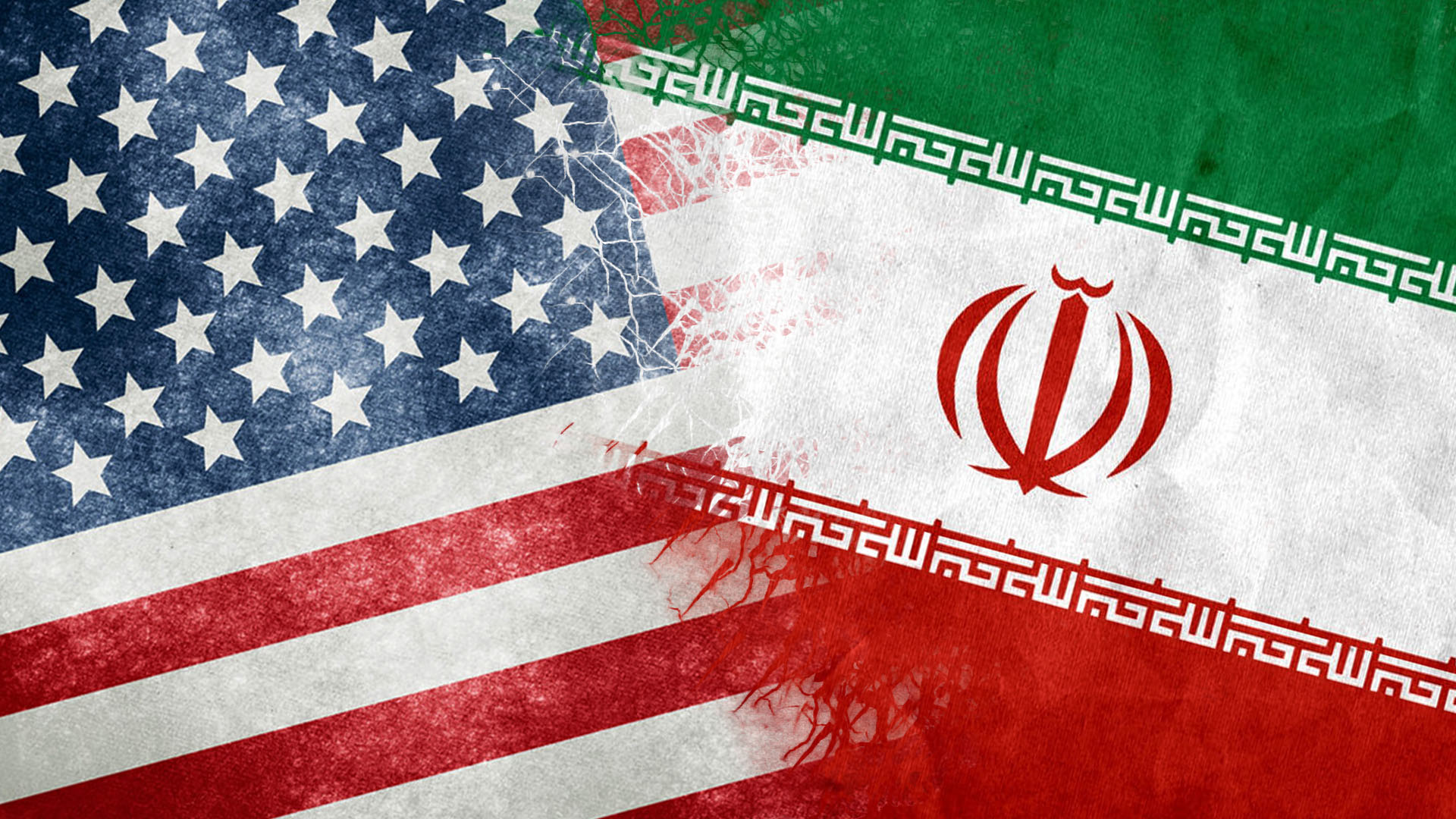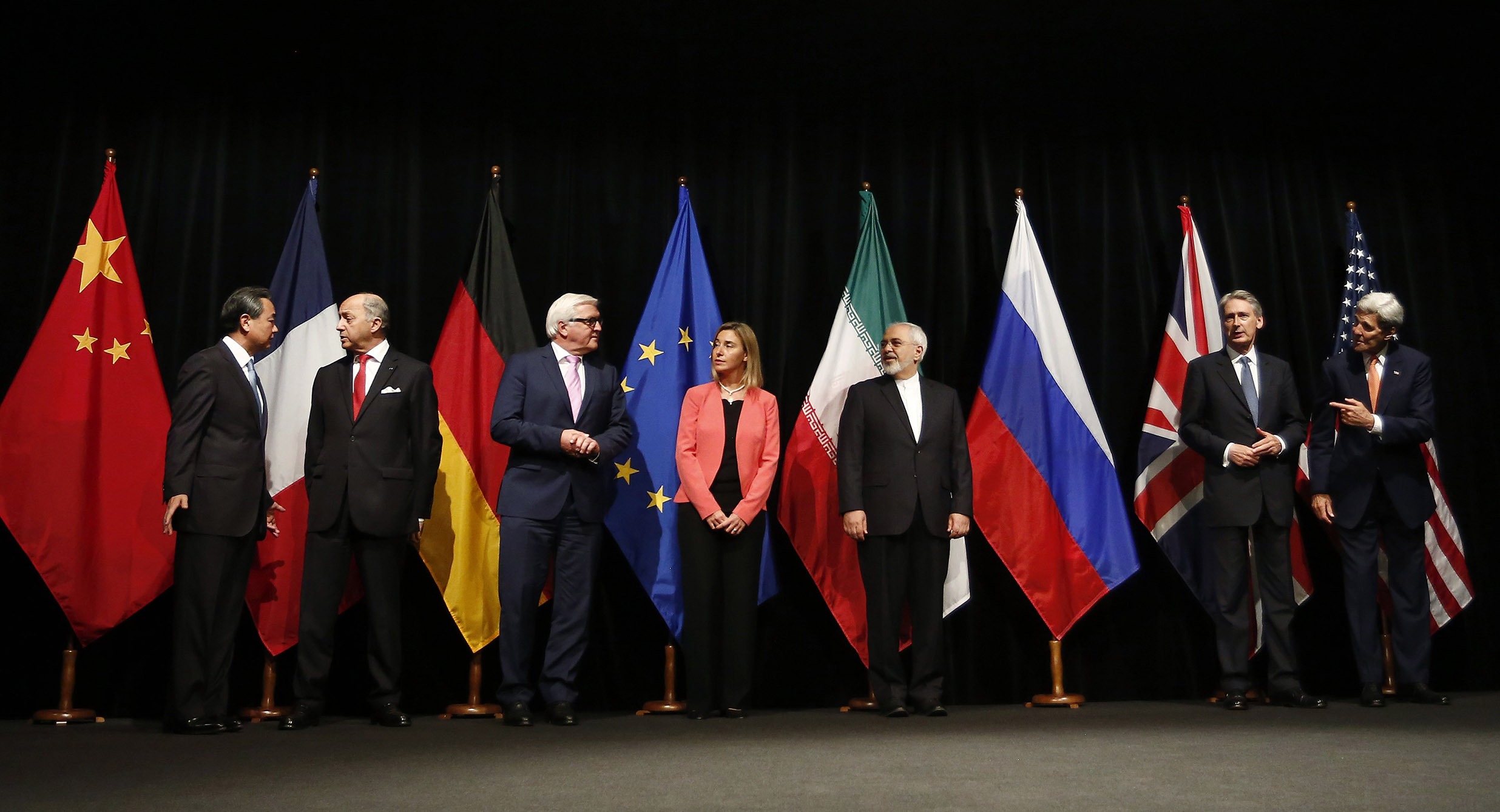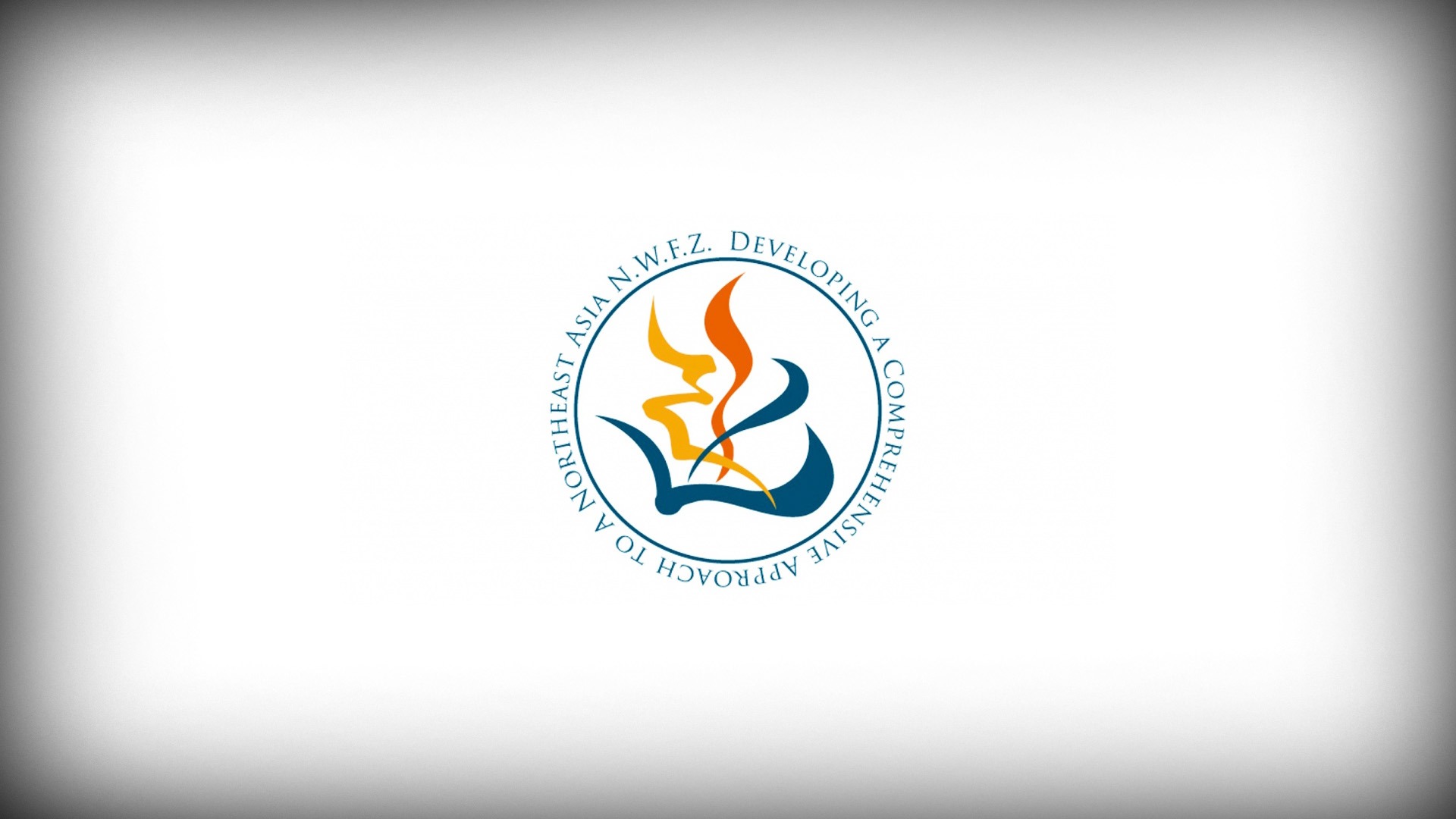U.S.-Iran Brinkmanship Threatens Regional Stability, Nuclear Order
The Iran nuclear deal, formally called the Joint Comprehensive Plan of Action (JCPOA), appears headed for an untimely demise as both the U.S. and Iran engage in competing strategies of “maximum pressure” and “maximum resistance,” respectively.
After protracted negotiations between the P-5, Germany, EU and Iran, the JCPOA was concluded in July 2015 and unanimously endorsed by the U.N. Security Council. Iran ended its uranium enrichment program and accepted an intrusive verification regime implemented by the International Atomic Energy Agency (IAEA); in return, sanctions relief for Iran commenced four years ago on Jan. 17, 2016.
U.S. President Donald Trump had been critical of the JCPOA from the outset, not because Iran was cheating on its obligations but because JCPOA did not constrain Iran’s missile program or its involvement in regional conflicts.
In May 2018, the U.S. unilaterally withdrew from the JCPOA and as part of “maximum pressure” strategy, imposed enhanced economic sanctions in the expectation that this would bring the Iranian regime back to the negotiating table or better still, bring about a regime collapse.
Trump’s decision has been criticized by all other JCPOA parties; Europeans (France, Germany, the U.K. and the EU) promised Iran that they would set up a mechanism to mitigate the effect of sanctions but the Instrument for Supporting Trade Exchanges (INSTEX) has remained ineffective.
For a year, Iran continued to abide by the JCPOA. Since May 2019, it has taken a number of graduated steps every two months, diluting its commitments. On May 8 last year, Iran announced that it would no longer observe the stockpile limits of 130 kg of low enriched uranium and 300 metric tons of heavy water.
In July, the enrichment limit of 3.67 percent was exceeded; in September Iran resumed work on advanced centrifuges and in November, it commenced enrichment work at the underground facility at Fordaw.
The last announcement came Jan. 5 discarding the limit on the number of centrifuges to be operated. However, Iran has reiterated each time that it is still party to the JCPOA and each of these steps can be reversed if the JCPOA promised sanctions relief is restored.
Simultaneously, a series of incidents have raised tensions between Iran, the U.S. and its regional allies. There have been unclaimed attacks on commercial vessels in the Persian Gulf area. A missile attack on Aramco’s Abqaiq-Khurais facilities last September was claimed by the Houthis in Yemen though the U.S. and Saudi Arabia blame Iran for it.
A U.S. contractor was killed in late December by an Iran-backed Iraqi militia Kataib Hezbollah. The U.S. retaliated Dec. 29 with airstrikes killing two dozen Iraqi militia sparking anti-U.S. protests in Baghdad and Tehran, with the protesters outside the U.S. embassy reviving eerie memories of the 1979 siege.
The killing of Maj.-Gen. Qassem Soleimani, commander of the Quds Force of the Islamic Revolutionary Guard Corps, and Kataib commander Abu Mahdi al-Muhandis in a U.S. drone attack Jan. 3 significantly escalated tensions. Iran retaliated with missile strikes at two U.S. bases in Iraq from where the drones had operated though there were no casualties reported, pausing the escalation cycle.
Iranian messaging has been at three levels ― to its people that it will resist U.S. pressures, to the Europeans that they need to make good on their assurances because Iran will not wait indefinitely, and to the U.S. that new negotiations will not take place under sanctions pressure.
Amid reports that U.S. officials had threatened European automobile sector with 25 percent tariffs, on Jan. 14 France, Germany and the U.K. invoked Article 36 (Dispute Resolution Mechanism) of JCPOA. This provides a finite time for resolution after which the matter goes to the U.N. Security Council leading to a snapback of sanctions.
Iranian Foreign Minister Javad Zarif called the European step a “strategic mistake,” reminding that Iran had invoked the mechanism in May 2018 when the U.S. unilaterally withdrew from JCPOA. On Jan. 20, he cautioned that if the JCPOA issue came to the UNSC, Iran could consider quitting the Nuclear Non-Proliferation Treaty (NPT).
Iran is a party to the NPT and has maintained that it is not seeking nuclear weapons and considers them un-Islamic and “haram.” The NPT is described as the cornerstone of the nuclear nonproliferation order and all but four countries (India, Israel, Pakistan and North Korea, which quit in 2003) are parties.
The five-yearly review conference of the NPT is scheduled for April-May this year. P-5 countries have traditionally worked together to preserve their privileged status as nuclear-weapon-states in the NPT.
Iran’s latest warning is a reminder that the nuclear nonproliferation order is shaky, partly because the P-5 have failed to deliver on their promises on nuclear disarmament, partly because the U.S. Russia and China have ambitious nuclear modernization programs to make them more usable, and finally, because Trump’s policy of unilaterally discarding internationally negotiated instruments will create a backlash.
French President Emmanuel Macron and Japanese Prime Minister Shinzo Abe have attempted mediation but failed. Russia and China are happy to see growing trans-Atlantic differences. The continuing U.S.-Iran brinkmanship not only destabilizes West Asia but also jeopardizes the nuclear nonproliferation order.
Rakesh Sood is a former diplomat of India who served as prime minister’s special envoy for nuclear disarmament and nonproliferation. He is currently distinguished fellow at Observer Research Foundation (Delhi) and a member of the Asia-Pacific Leadership Network for Nuclear Non-Proliferation and Disarmament (APLN). His article was published in cooperation with the APLN.
This article was first published in The Korea Times on 29 January 2020 and is part of dedicated, regular column with analysis by APLN members on global issues. You can access the original post here.
Image: Joyce Lee/APLN, Pixabay stock.



